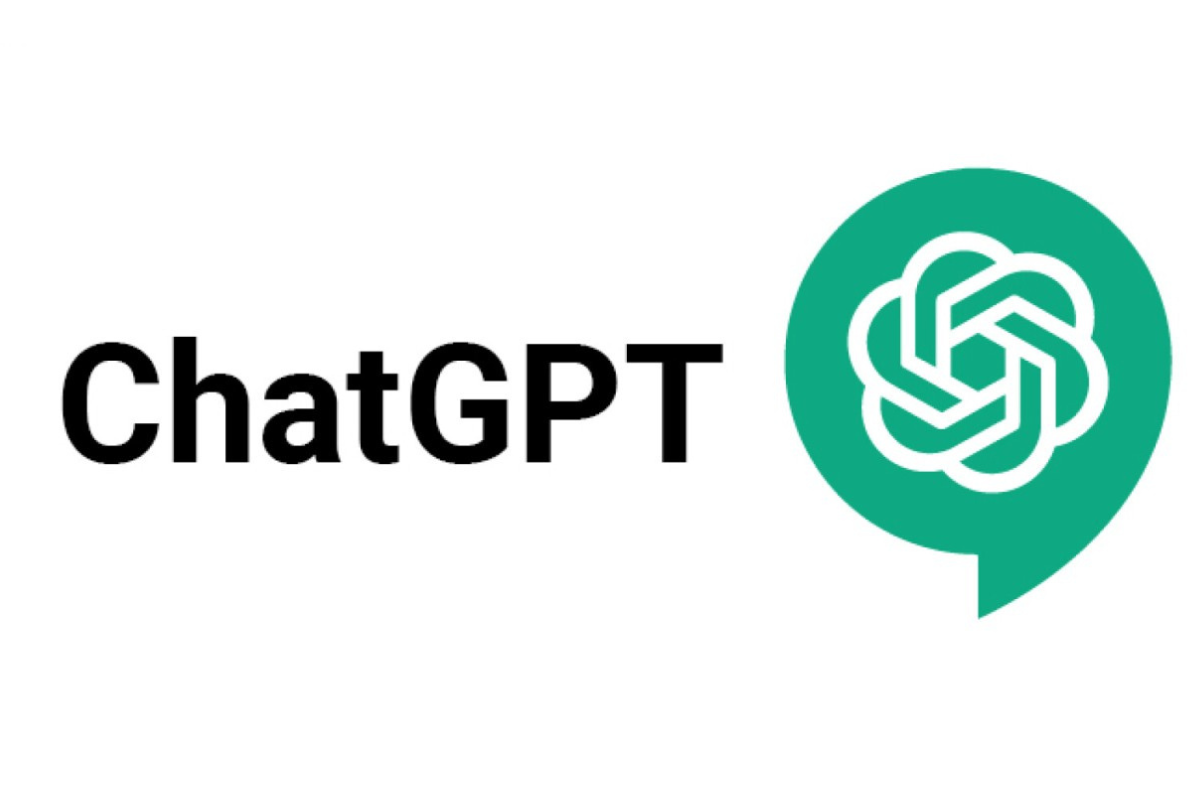
OpenAI is shaking things up with the release of a new, budget-friendly model called GPT-4o Mini. This new model offers developers a more accessible option compared to the full-sized models, while still being more capable than GPT-3.5.
Building apps using OpenAI’s models can quickly become expensive. Many developers, especially those on tighter budgets, find themselves priced out and turn to cheaper alternatives like Google’s Gemini 1.5 Flash or Anthropic’s Claude 3 Haiku. Now, OpenAI is stepping into the game with their own light model.
Olivier Godement, who leads the API platform product at OpenAI, shared, “GPT-4o Mini really aligns with OpenAI's mission of making AI more accessible. To ensure AI benefits every corner of the world, every industry, every application, we have to make it much more affordable.”
Starting today, ChatGPT users on Free, Plus, and Team plans can switch from GPT-3.5 Turbo to GPT-4o Mini, with Enterprise users gaining access next week. While GPT-3.5 will no longer be an option for ChatGPT users, it remains available for developers via the API—though it will eventually be retired.
Godement believes the new model will be very popular. GPT-4o Mini supports both text and vision in the API and will soon handle all multimodal inputs and outputs, including video and audio. This makes it possible to develop more capable virtual assistants that can understand travel itineraries and create suggestions, though the model is intended for simpler tasks rather than complex applications like a cheap Siri.
On the Measuring Massive Multitask Language Understanding (MMLU) benchmark, GPT-4o Mini achieved an impressive 82 percent score. For context, GPT-3.5 scored 70 percent, GPT-4o scored 88.7 percent, and Google’s Gemini Ultra holds the highest-ever score at 90 percent. Competing models Claude 3 Haiku and Gemini 1.5 Flash scored 75.2 percent and 78.9 percent, respectively. However, researchers are cautious about benchmark tests like the MMLU, as administration methods can vary and AI models might have seen the answers in their datasets.
For developers looking to build AI applications affordably, GPT-4o Mini is a game-changer. OpenAI let the financial tech startup Ramp test the model, using it to build a tool that extracts expense data from receipts. Similarly, Superhuman, an email client, used GPT-4o Mini to create an auto-suggestion feature for email responses.
The goal is to offer a lightweight, cost-effective option for developers to create apps and tools they couldn’t afford to build with larger, more expensive models like GPT-4. Many developers previously turned to alternatives like Claude 3 Haiku or Gemini 1.5 Flash due to the high compute costs of robust models.
When asked why it took so long for OpenAI to release a lighter model, Godement explained it was all about prioritization. The company had been focused on developing larger, more advanced models like GPT-4, which required significant resources. However, seeing the demand for smaller models, OpenAI decided it was the right time to invest in GPT-4o Mini.
“I think it’s going to be very popular,” Godement reiterated, “both with existing apps that already use OpenAI’s AI and with many new apps that were previously priced out.”
Original article by Kylie Robison, a senior AI reporter at The Verge, previously with Fortune Magazine and Business Insider.

